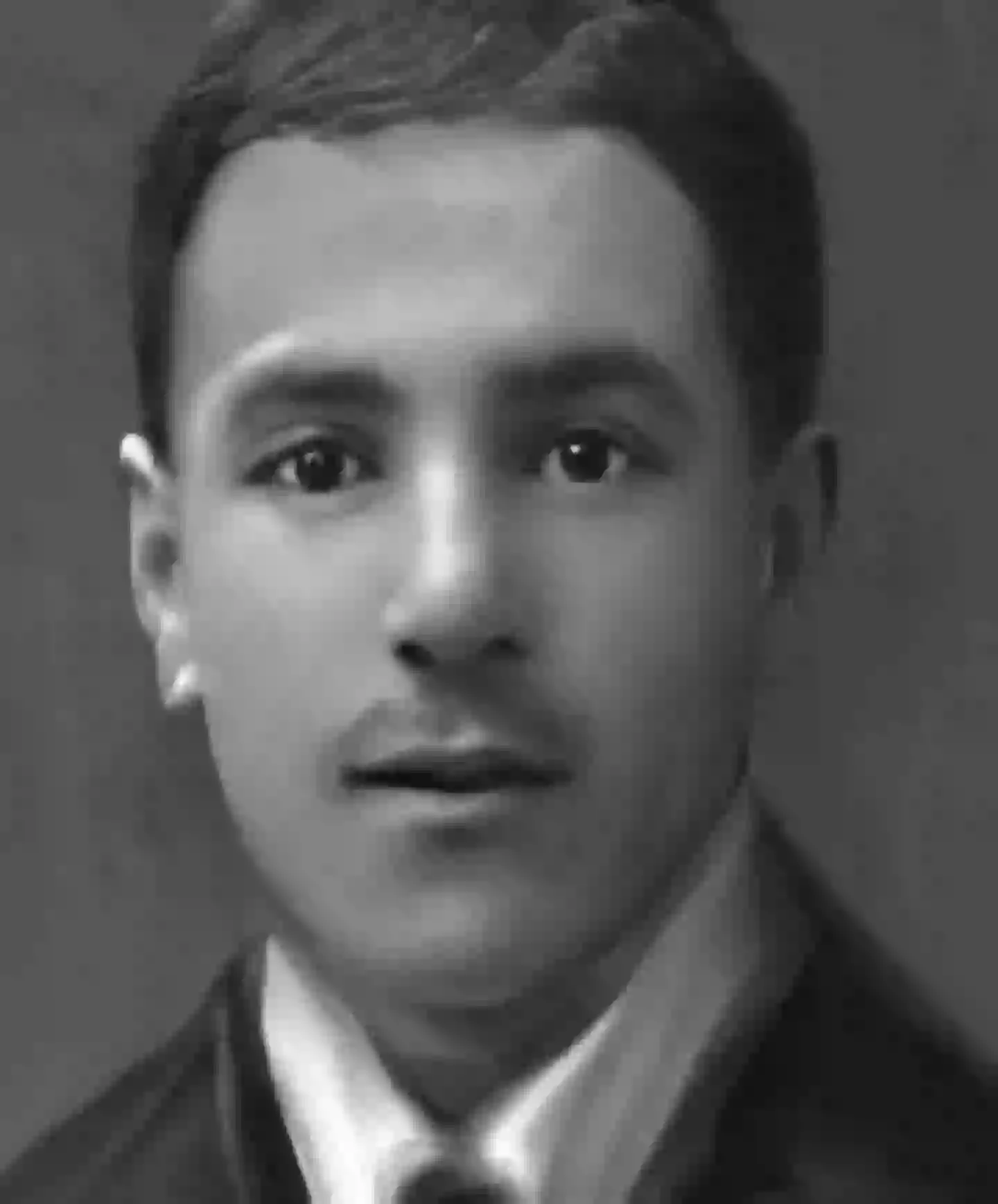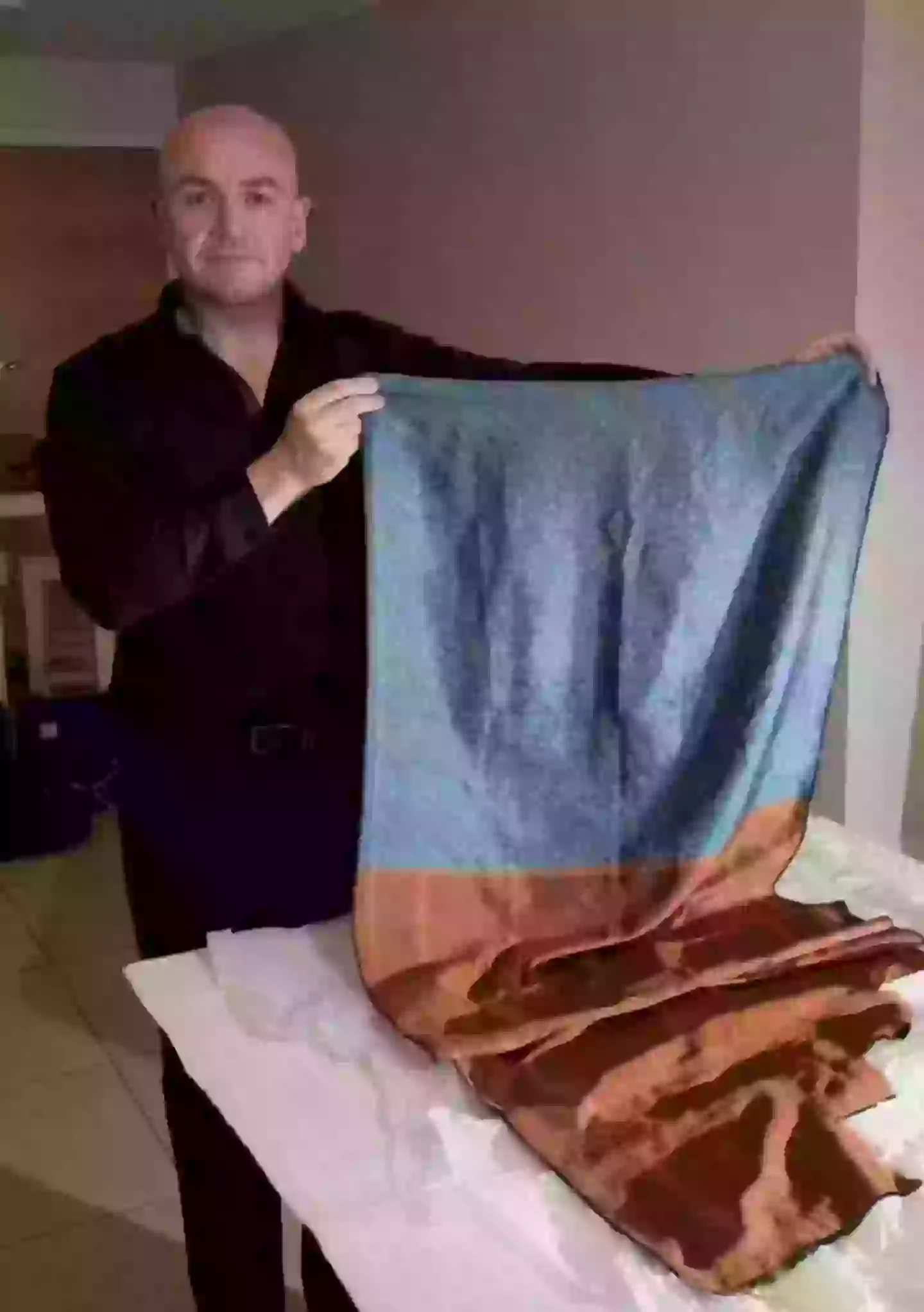.jpg)
Topics: Crime, London, True Crime, UK News, Jack the Ripper, History, Science
To make sure you never miss out on your favourite NEW stories, we're happy to send you some reminders
Click 'OK' then 'Allow' to enable notifications
.jpg)
Topics: Crime, London, True Crime, UK News, Jack the Ripper, History, Science
A self-proclaimed ‘Ripperologist’ has claimed to unearth the true 'identity' of Jack the Ripper through a 100 per cent DNA match.
The unidentified serial killer committed his harrowing crimes in London’s Whitechapel district back in 1888.
He is said to have murdered at least five women by the names of Mary Ann Nichols, Annie Chapman, Elizabeth Stride, Catherine Eddowes, and Mary Jane Kelly between August 31 and November 9 of that year.
Researcher Russell Edwards claims he has found a '100 per cent' DNA match with the infamous murderer.
Advert
With the help of Jari Louhelainen, a biochemist at Liverpool John Moores University, the pair extracted a DNA sample from a shawl recovered from the scene of one of his victims, Eddowes.
Edwards said the results identified 'Aaron Kosminski', a barber from Poland who emigrated to London, as the man behind the murders. He also happened to be a suspect at the time.
To firm things up, the researcher went and found a living relative of Kosminski who was happy to be tested against.

The positive match, according to the Ripper expert, has made him believe that he has finally cracked the case.
Advert
"We put a huge amount of science that the shawl didn’t belong to the victim, and if it didn’t belong to the victim...because we always thought that the semen on the shawl was just one of her customers," Edwards previously told LADbible.
"We thought it was her shawl, but through the scientific analysis, we realised that she couldn’t have afforded to own it and realised the only person that could have left the shawl at the murder scene was him."

Despite the available evidence, critics have argued that there was no way to prove that the shawl was ever at the crime scene.
Advert
Also, the fact that the genetic sequences of the living relatives of Eddowes and Kosminski were not published in the paper due to 'UK law,' the published findings aren't showing the whole picture.
Walther Parson, a forensic scientist at the Institute of Legal Medicine at Innsbruck Medical University in Austria, believes that the DNA sequences pose no risk to privacy and should be shared.
"Otherwise the reader cannot judge the result," Parson insisted, according to science.org.
"I wonder where science and research are going when we start to avoid showing results but instead present coloured boxes."